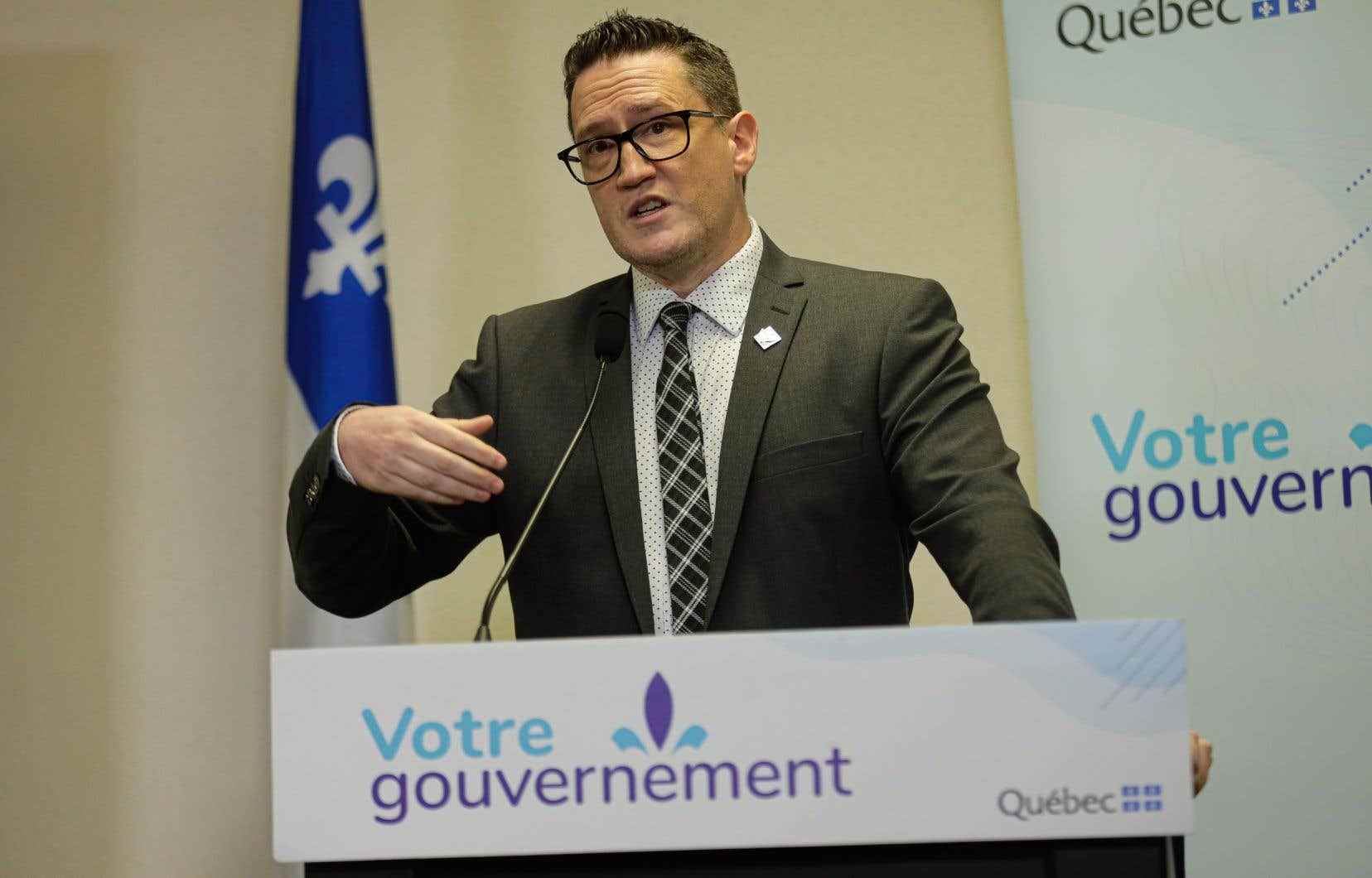Quebec Environment Minister Benoit Charette will travel to Rouyn-Noranda on Tuesday to discuss arsenic emissions produced by the Horne Foundry.
“I will be going to Rouyn-Noranda tomorrow to meet the local players. Our priority is and will remain the safety of citizens, ”wrote Benoit Charette on Twitter Monday afternoon.
In addition, the Normanda mine workers’ union (STMN-CSN) is asking Glencore, owner of the smelter, to agree “as soon as possible with the government on a specific timetable that will make it possible to obtain the greatest reduction technically possible arsenic in the air”.
Kevin Gagnon, vice-president of the Manufacturing Industry Federation, indicated that “by combining several emission reduction measures, it is possible to continue operations at the Horne Smelter while controlling arsenic emissions. much more important than at the moment”.
According to him, this would make it possible to maintain “thousands of jobs related to the foundry while improving the quality of life of the citizens of Rouyn-Noranda”.
A study by the National Institute of Public Health of Quebec (INSPQ), published last Wednesday, indicates that over a period of 70 years, between one and 14 citizens of Rouyn-Noranda would develop cancer if the company Glencore does not reduce the arsenic concentration in the air produced by the Horne Smelter.
The faster and greater the decrease in arsenic emissions in the air of Rouyn-Noranda, the more there will be a gain for public health, according to the INSPQ.
Three times more arsenic than the provincial limit
Under an agreement with the previous government, the Horne Foundry, owned by multinational Glencore, can release up to 100 nanograms of arsenic per cubic meter (100 ng/m3) into the air, 33 times more than the limit recommended by public health.
Prime Minister François Legault believes that the Horne Foundry should never have been authorized to discharge such a high concentration of arsenic. The national director of public health of Quebec, Luc Boileau, also finds that the situation is unacceptable.
However, neither public health, nor the Prime Minister, nor the Minister of the Environment, Benoit Charette, have pronounced themselves, until now, on what would be an acceptable threshold for arsenic emissions.
“If public health tells us that we must be at 30 nanograms (10 times more than the provincial standard) in the next certification period, it will be 30 nanograms. Once again, we are not specialists on the impacts of people’s health, this is where the work is done in collaboration with the Ministry of Health, ”said Minister Charette last Wednesday.
The agreement between the previous government and Glencore expires in the coming months, so the Ministry of the Environment must negotiate a new arsenic emission target and renew the smelter’s certificate of compliance this fall.
According to the INSPQ, at the turn of the 2000s, the population was exposed to emissions that sometimes reached 1000 ng/m3, therefore 330 times higher than the current provincial standard.
